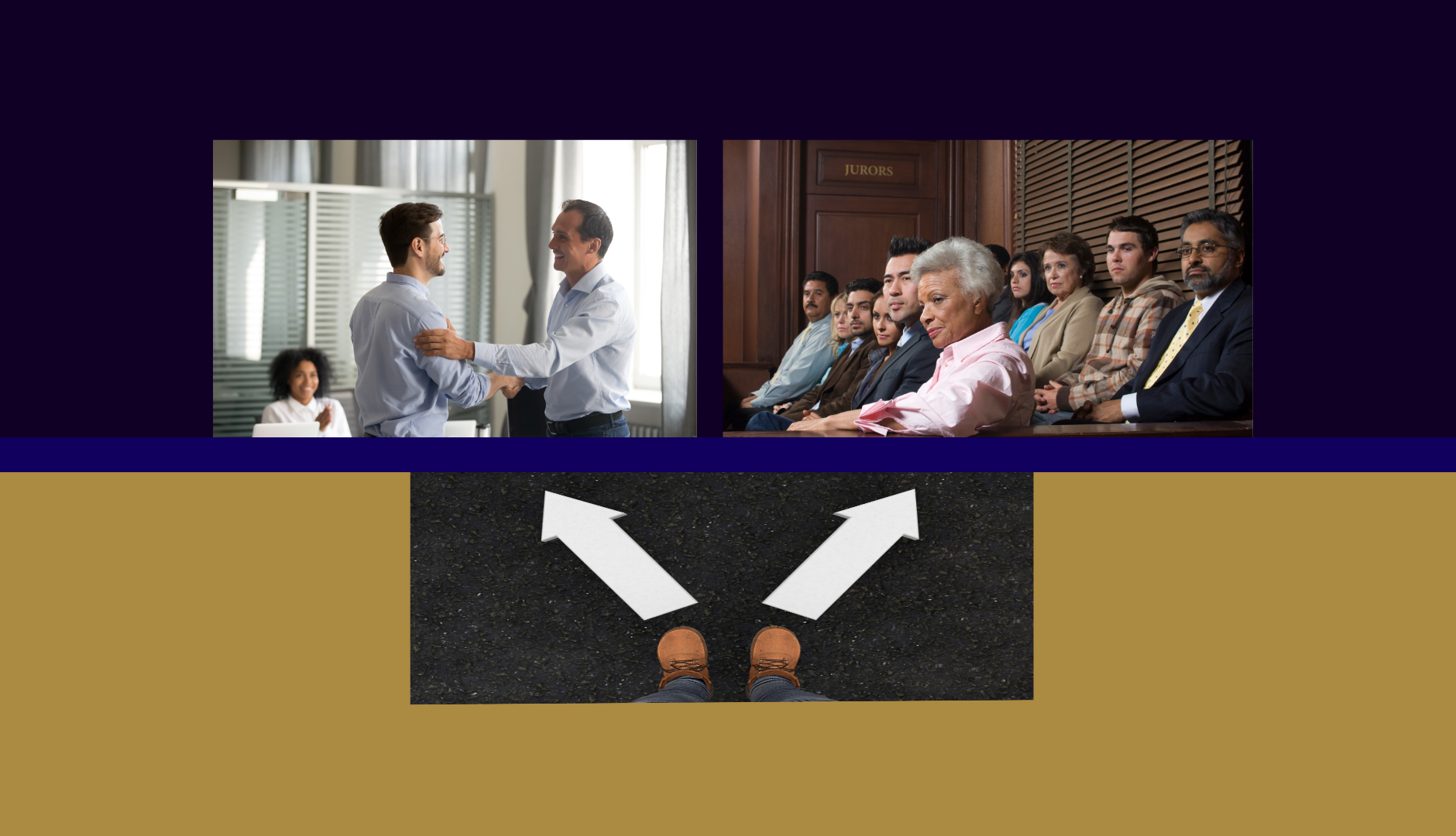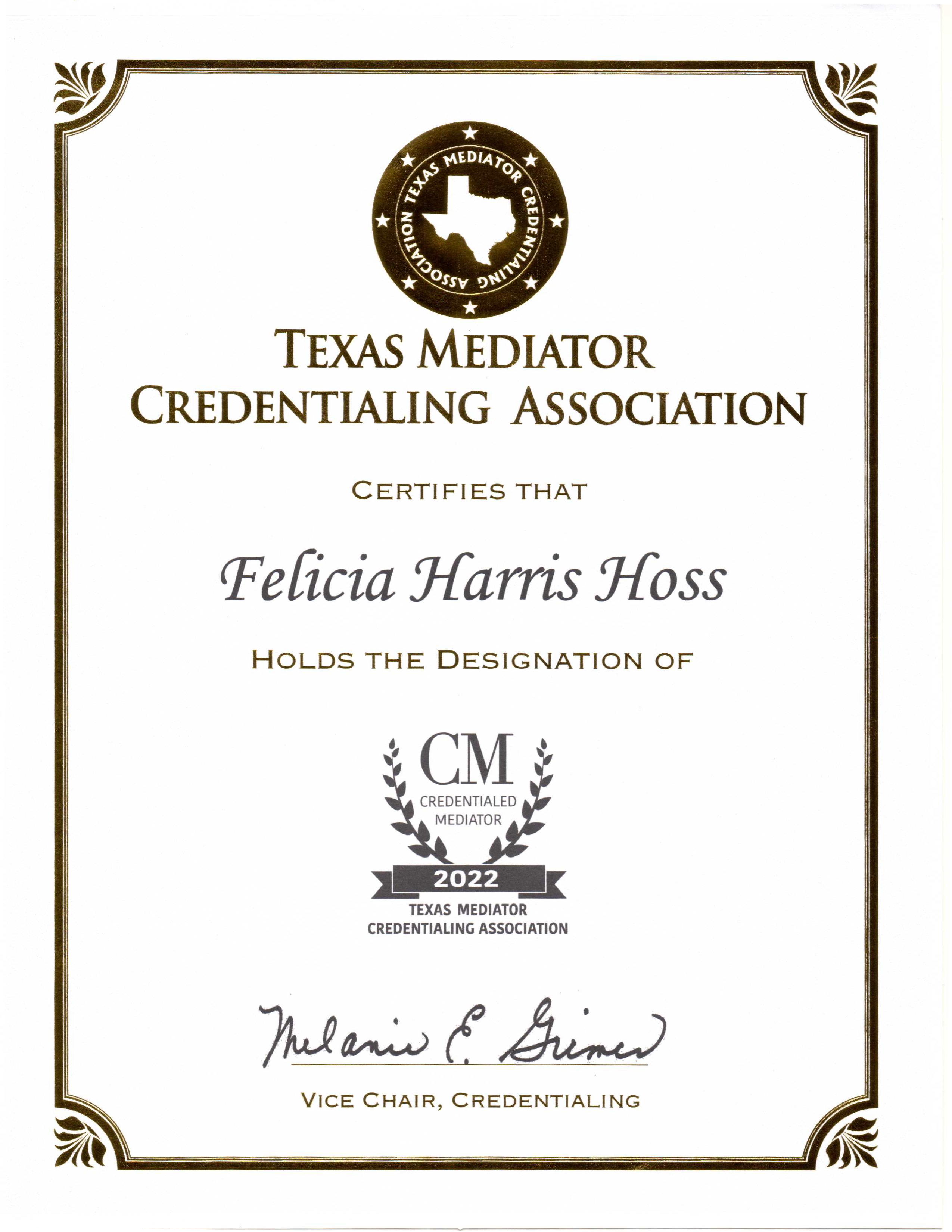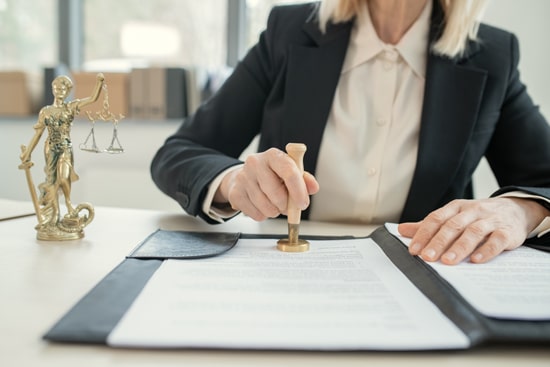Going Back to the Office: Leave the Mediator Out of It
After two years of remote work, a number of companies and firms are asking employees to return to their offices. Some are happy and some are not-so-happy about this transition. Inevitably, there will be a re-adjustment period … again.
Over the past 2 years, most of us have mostly communicated – if not exclusively communicated – with our colleagues and clients behind keyboards and in front of computer screens. Returning to work in the same physical workspace will certainly be a bigger adjustment for some than for others. With a number of people changing jobs or starting their careers there are sure to be some new faces roaming the halls. In many cases, the physical workspaces themselves have changed too to adapt to physical spacing concerns in post-COVID working arrangements.
When two-or-more humans interact, there is always a chance for conflict. But as professionals and team players, most office disagreements can be addressed with just a little common sense, courtesy, and – perhaps – a well-placed bit of humor and humanity.
The following are just a few suggestions – reminders, if you will – to help you deal with potential missteps as the transition and commute back to the office continues.
Step One: Step away from the keyboard and videocamera.
This tip may seem obvious but even before COVID many of us may have relied too much on our keyboards. This probably won’t come as a surprise, but studies show that conflict can be fueled by over-reliance and usage of communication technologies. As an antidote, the obvious thing to do is spend some time meeting in person and talking through the pressures people are facing in order to build rapport, trust, and a team.
But don’t take my word for it, in his book, The Speed of Trust: The One Thing That Changes Everything, Stephen Covey says that “Research shows that face-to-face communication regarding attitudes and feelings is 7 percent what people say, 39 percent how they say it, and 55 percent body language.” It’s harder (sometimes impossible) to read body language through a computer screen.
So now that you’re back in the office, grab a couple of cups of coffee, walk down the hallway, and spend a few minutes in front of your colleague’s desk to catch-up or talk about that thing he (or you) said or did that you can’t get off your mind.
Step Two: Seek to understand the concern from the other person’s perspective first.
If you’re needing to talk about something sensitive or possibly controversial, approach the conversation with the goal of seeking to understand before wanting to be understood. While it’s doubtful an office conflict will grow into a legal dispute, the story Covey tells about when he first became CEO of the Covey Leadership Center illustrates the power and importance of listening first.
According to Covey, he took the helm of the Center while it was involved in eight legal disputes that had dragged on for too long. Those legal disputes were consuming “enormous time and energy, and [he] was frustrated because [he] felt [they] should be focusing [their] efforts elsewhere.” So he set a goal to resolve them all within two months, and met it in all but one instance.
His ”basic approach was to listen to the other parties first.” (emphasis supplied). By engaging the other party in a conversation, Covey gathered information about the conflict and demonstrated a desire to understand their perspective. By simply listening, he “created the openness, trust, and understanding needed to come up with solutions” that worked for everyone.
A powerful thing happens when you talk through difficult issues with someone and listen well. You open the door for each of you to better understand the other, especially if you really care and show an interest in wanting to build trust and a team.
Step Three: Approach the conversation with an open-mind and curiosity.
If you are about to engage in a difficult conversation, it’s possible there will be a difference of perspective or opinion about whatever it is that will be the topic of conversation. And that’s ok.
Embrace the difference and be curious about it. Ask open ended questions. Or, even better, don’t ask a question at all. Invite the other person to share her thoughts through the simple phrase: “Tell me your perspective on ___.” or “Tell me more about that.”
To put yourself into the right mindset for this conversation, you might try thinking like a scientist, the approach recommended by Occupational Behaviorist Adam Grant. Scientists are instinctively curious and, because they must be intellectually honest in their experiments, they don’t approach their work to achieve a particular outcome. They approach each experiment curiously – to learn something – not necessarily to influence.

Step Four: Offer an apology, when appropriate.
We are all human. We all make mistakes.
Sometimes the right thing to do is to recognize our humanity and our mistakes and offer a friend or co-worker a sincere apology.
When an apology is appropriate, don’t make the mistake of offering a justification or saying too much. Be clear, genuine, and sincere.
In his book What Got You Here Won’t Get You There, corporate executive coach Marshall Goldsmith provides an instruction manual. Here’s how he says to do it:
You say: “I’m sorry.”
To signal that you want to let go of the past and focus on a better future, you add, “I’ll try to do better in the future.”
And then be quiet. Don’t explain, complain, qualify, or dilute the power and authenticity of the moment.
Step Five: Try to find ways to connect on a human level.
How you approach this last point is optional. It is good to remember that everyone has a responsibility to the larger organization’s success and should take advantage of opportunities to connect on a human level. One way to do this is with humor, but there are other ways.
A little levity, in the right situation, can do wonders for reducing friction in a relationship and opening lines of communication. In the appropriate situation and with the right person, consider its usefulness.
For example, in addition to bringing a couple of cups of coffee, or perhaps, in the alternative, carry an inflatable bat (with smiley faces on it) as a prop. When the other person sees you carrying it, his curiosity will be triggered. He’ll wonder “why the heck you’re carrying that thing around the office.” At that point, you’ve got his attention. He’ll listen to you.
At the right time, again when appropriate, you can satisfy his curiosity in an infinite number of ways. Perhaps, you tell him you brought it with you as a reminder of something else you wanted to do or say (e.g., to invite him to a Houston Astros baseball game or calendar your kid’s t-ball game). Or jokingly tell him it was part of your “back-up plan.” Acknowledge that you don’t like these kinds of conversations and, if it didn’t go well, you were ready to offer him the option of continuing the conflict (not a real option) or an afternoon at the batting cages.
If you’re a woman and think this last tip just won’t work for you, or maybe want some suggestions on how to incorporate levity into your professional world without compromising your brand, read What Mona Lisa Knew: A Woman’s Guide to Getting Ahead in Business by Lightening Up. Management psychologist Dr. Barbara Mackoff offers a “bold new strategy for less stress and more success on the job.”
Okay, that’s it. You got this. You don’t need me – or any other mediator – for this one.
Felicia Harris Hoss
is an attorney-mediator, arbitrator, and early dispute resolution (EDR) neutral, with more than 20 years of legal experience. Through the years, Felicia has helped parties resolve disputes both inside and outside of the courtroom in a wide range of industries involving a broad spectrum of claims. Felicia is available to assist parties and their counsel through online, hybrid, and in-person mediations, arbitrations, and EDR processes.

















